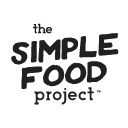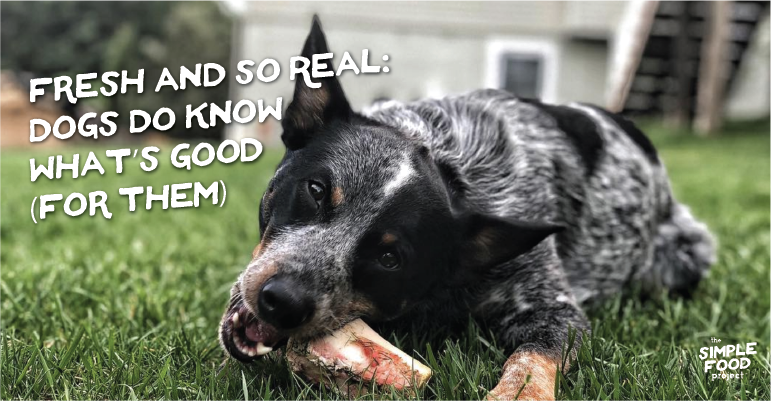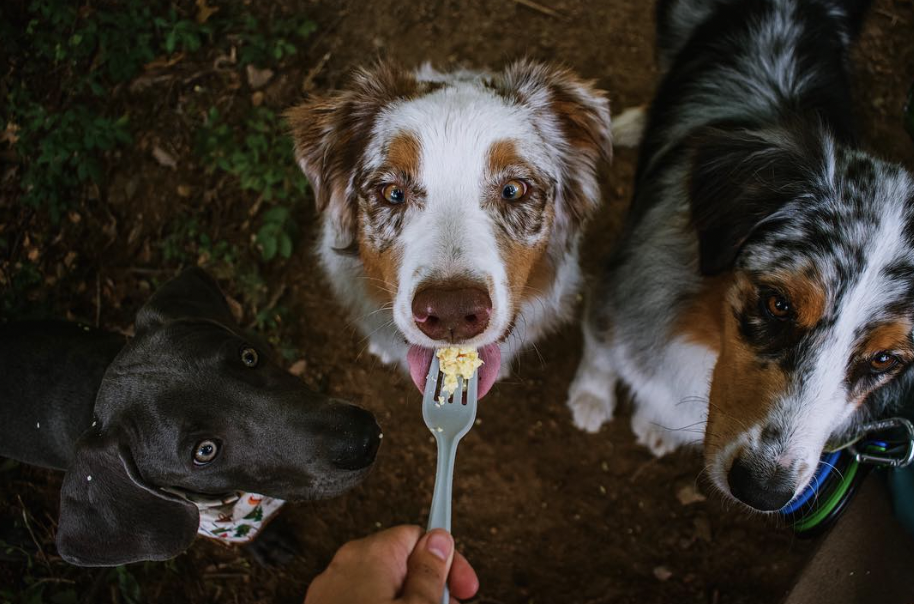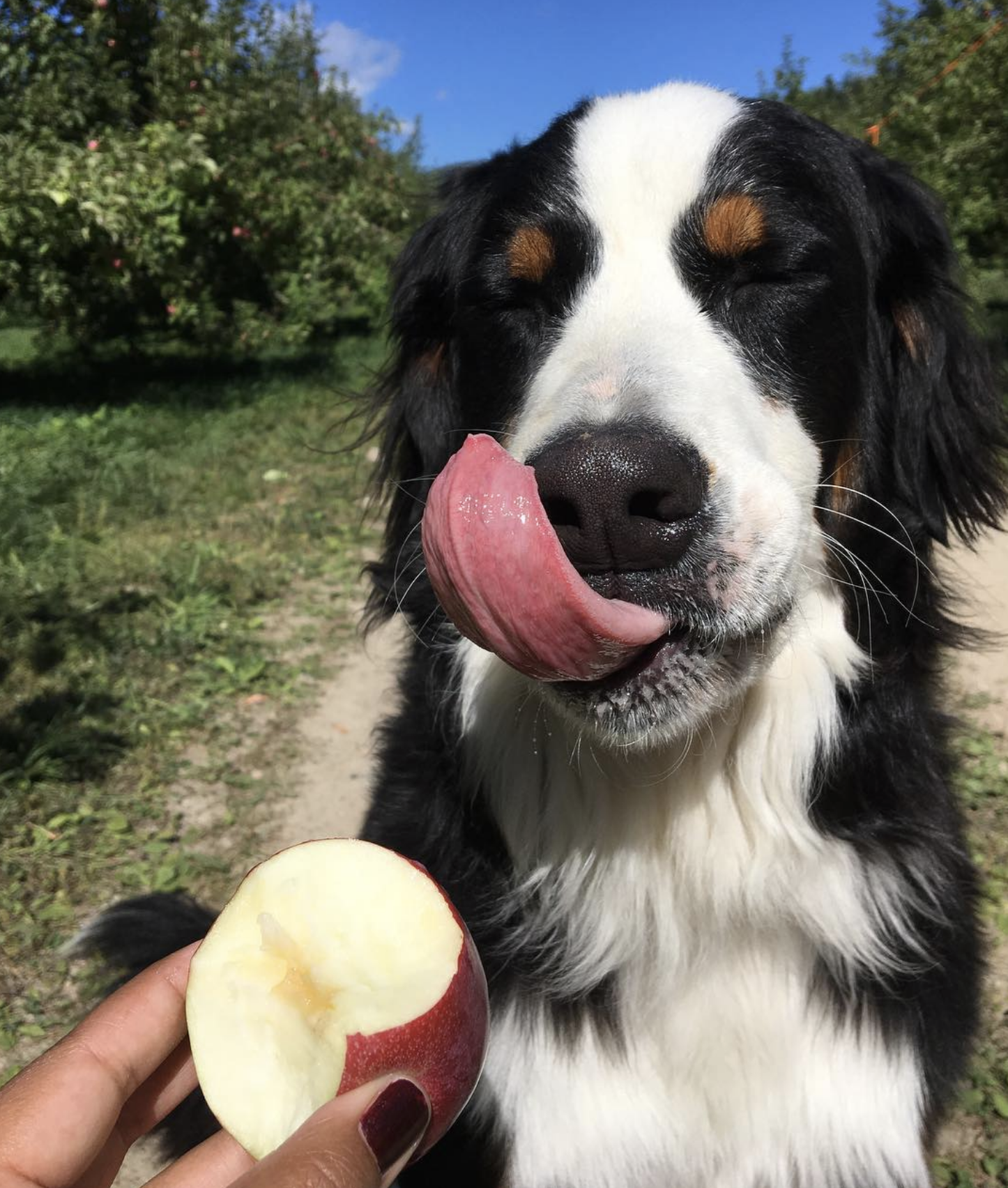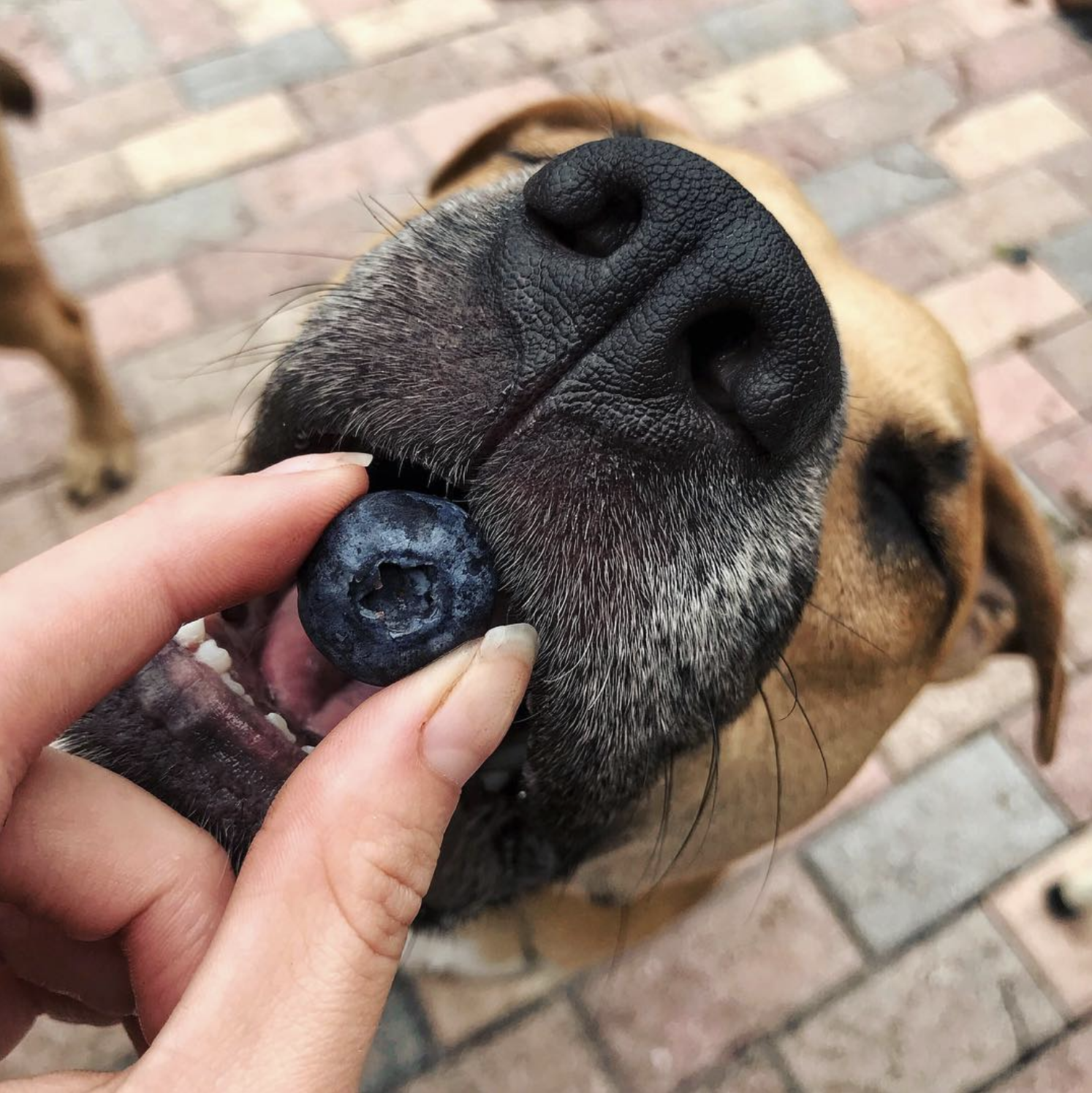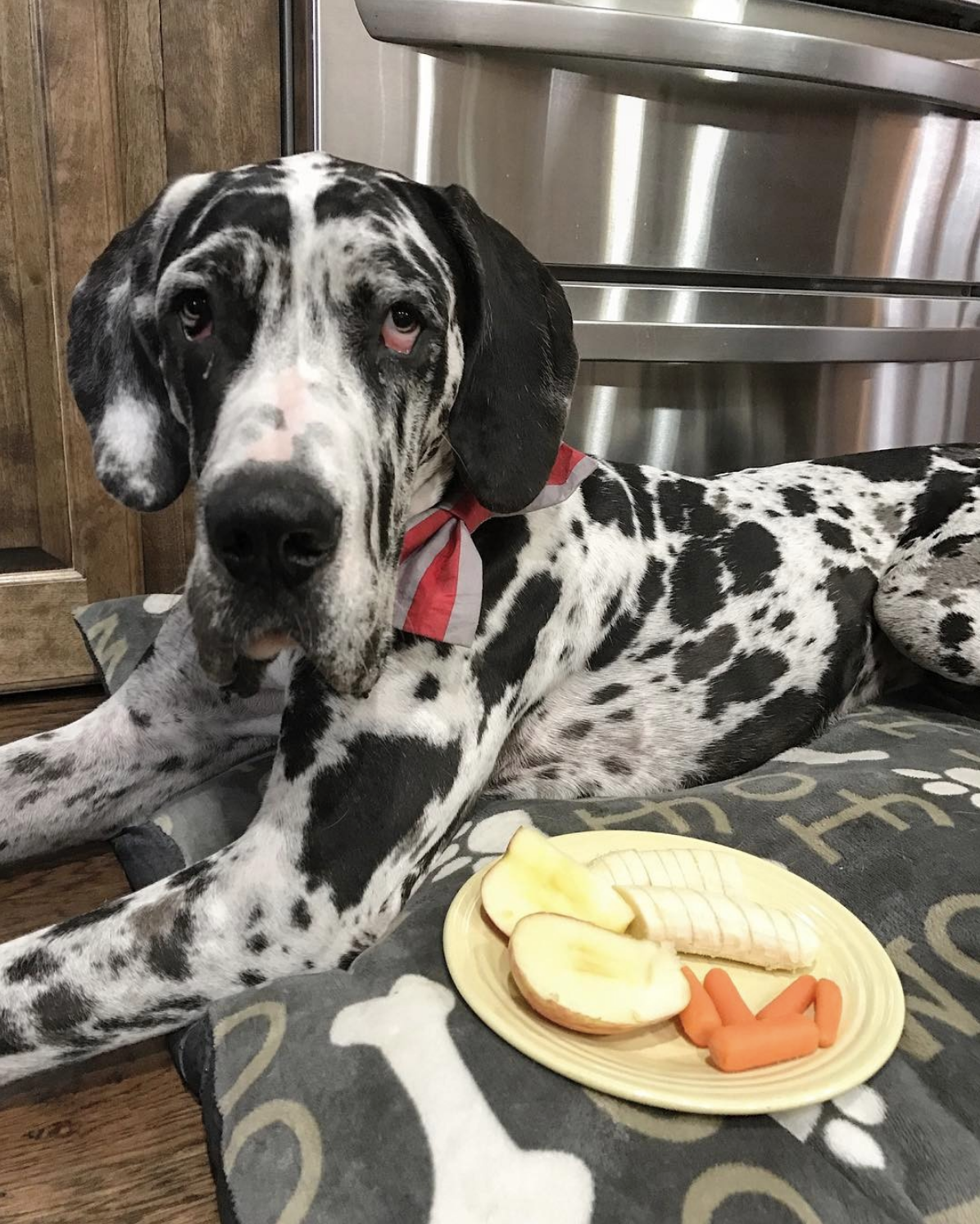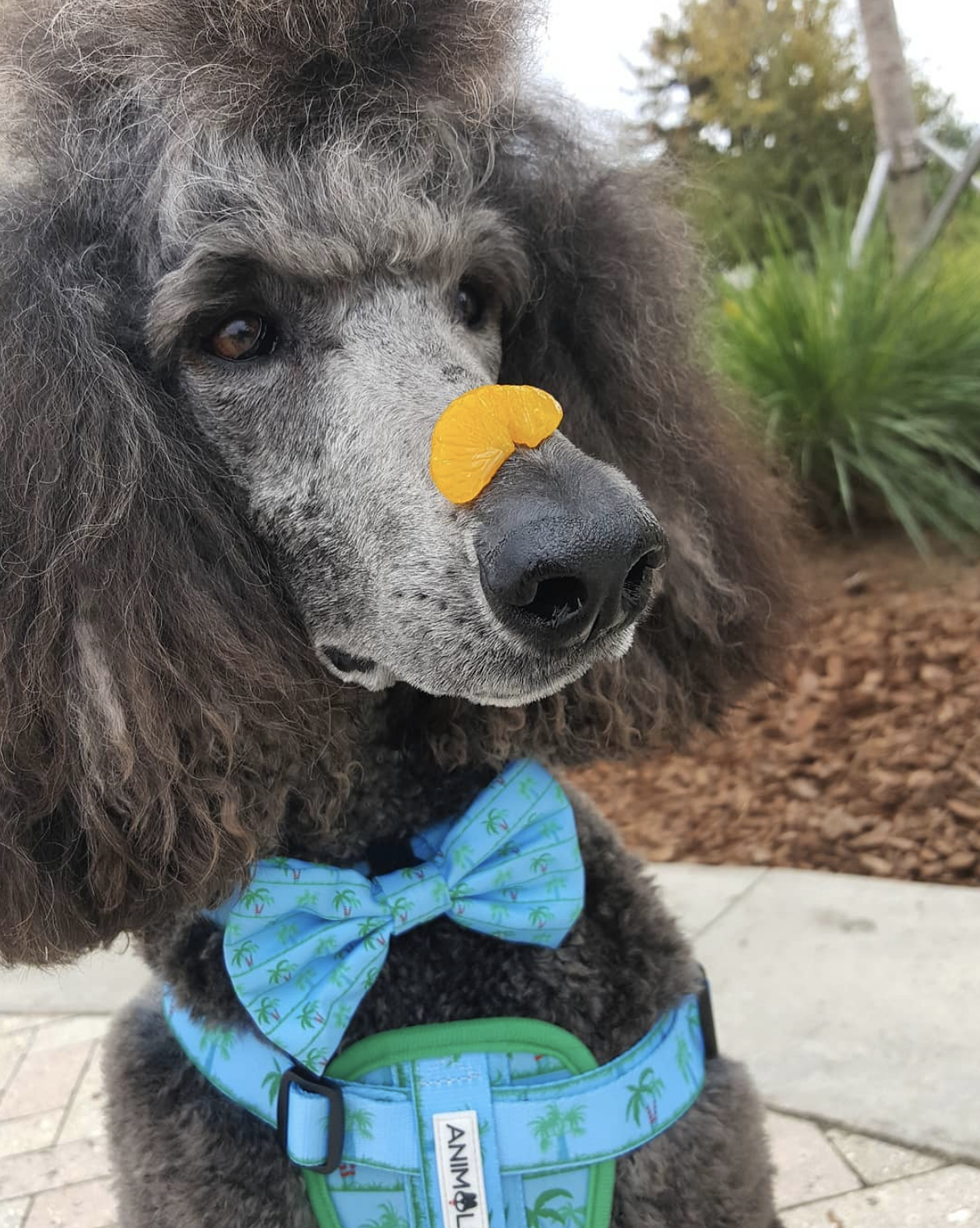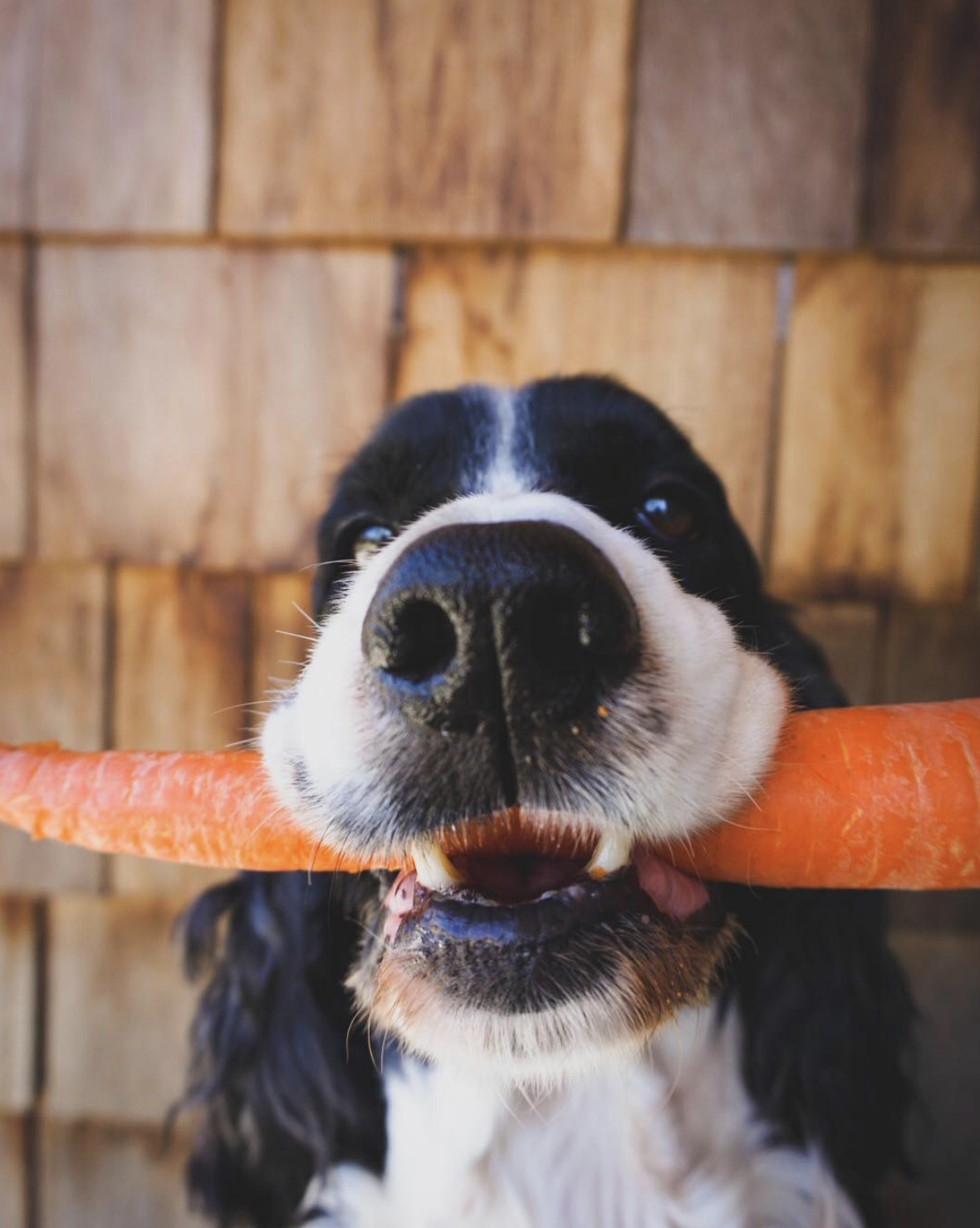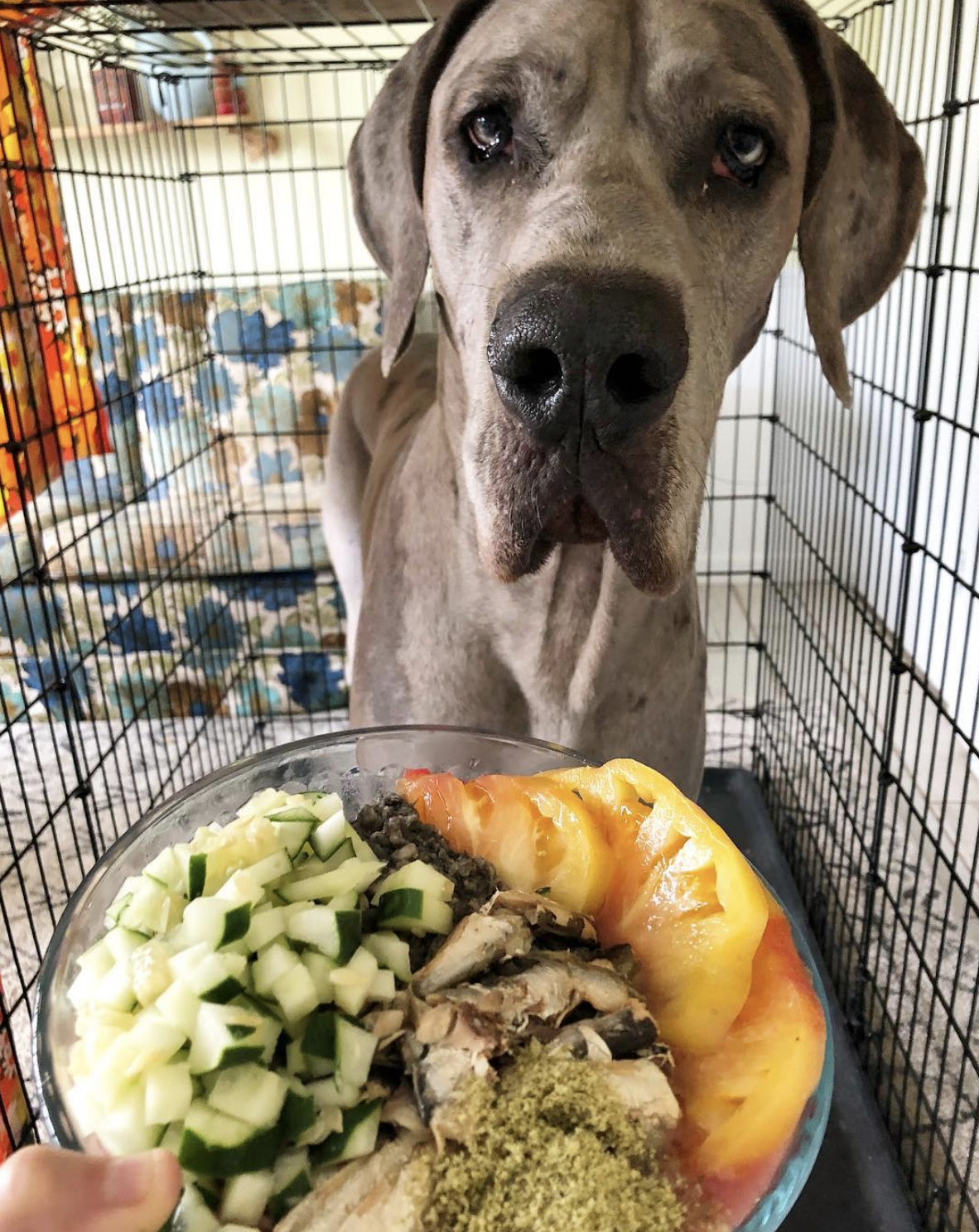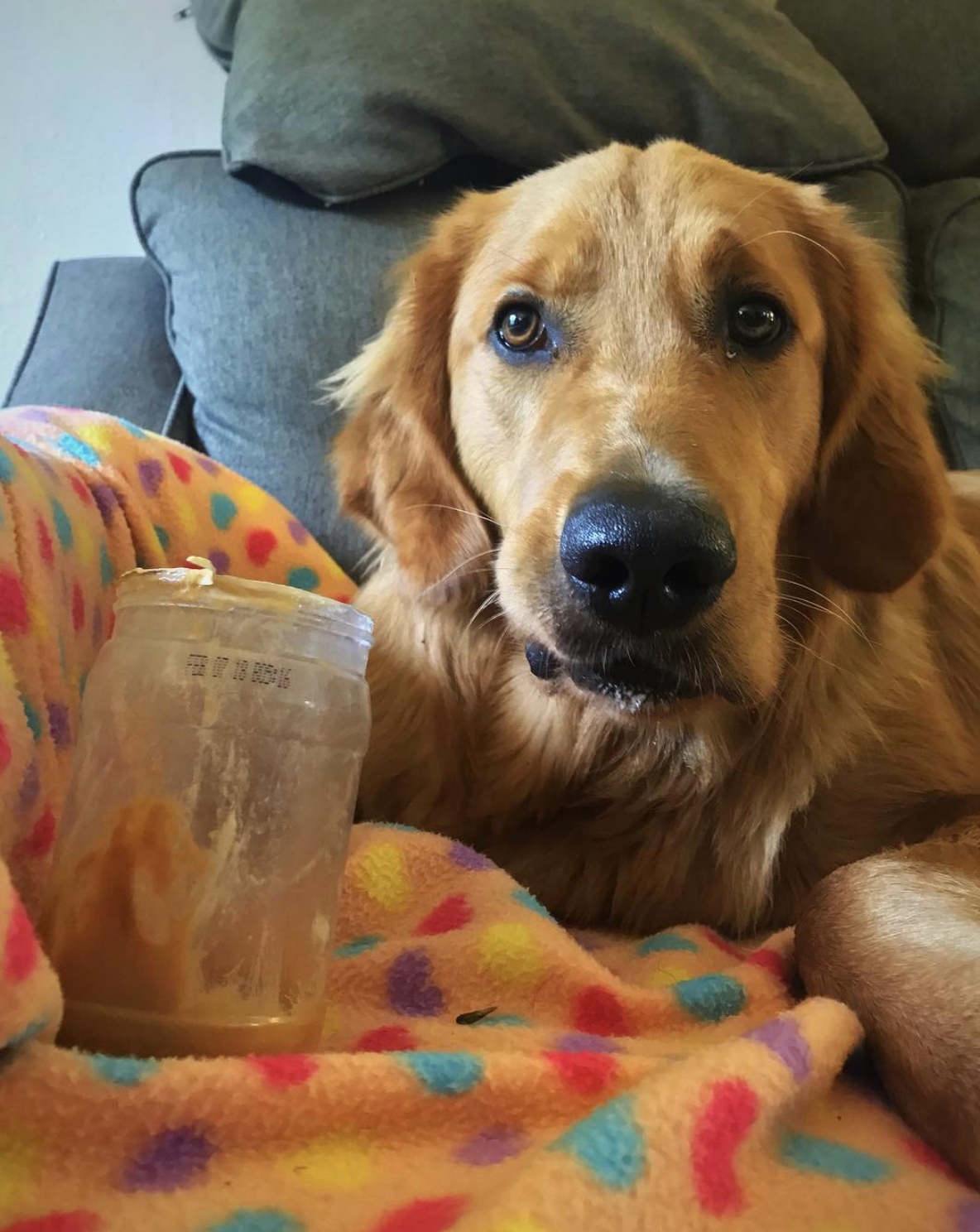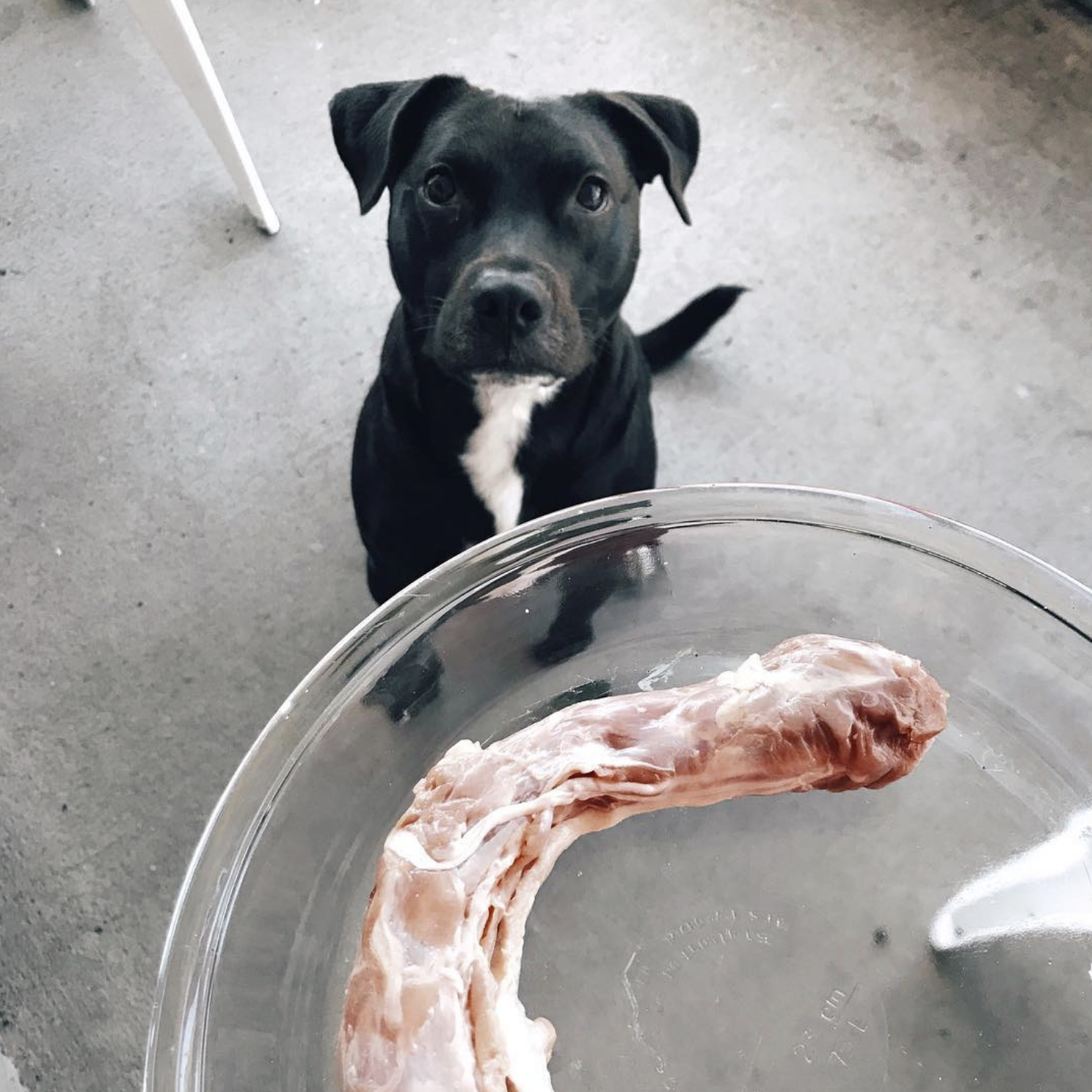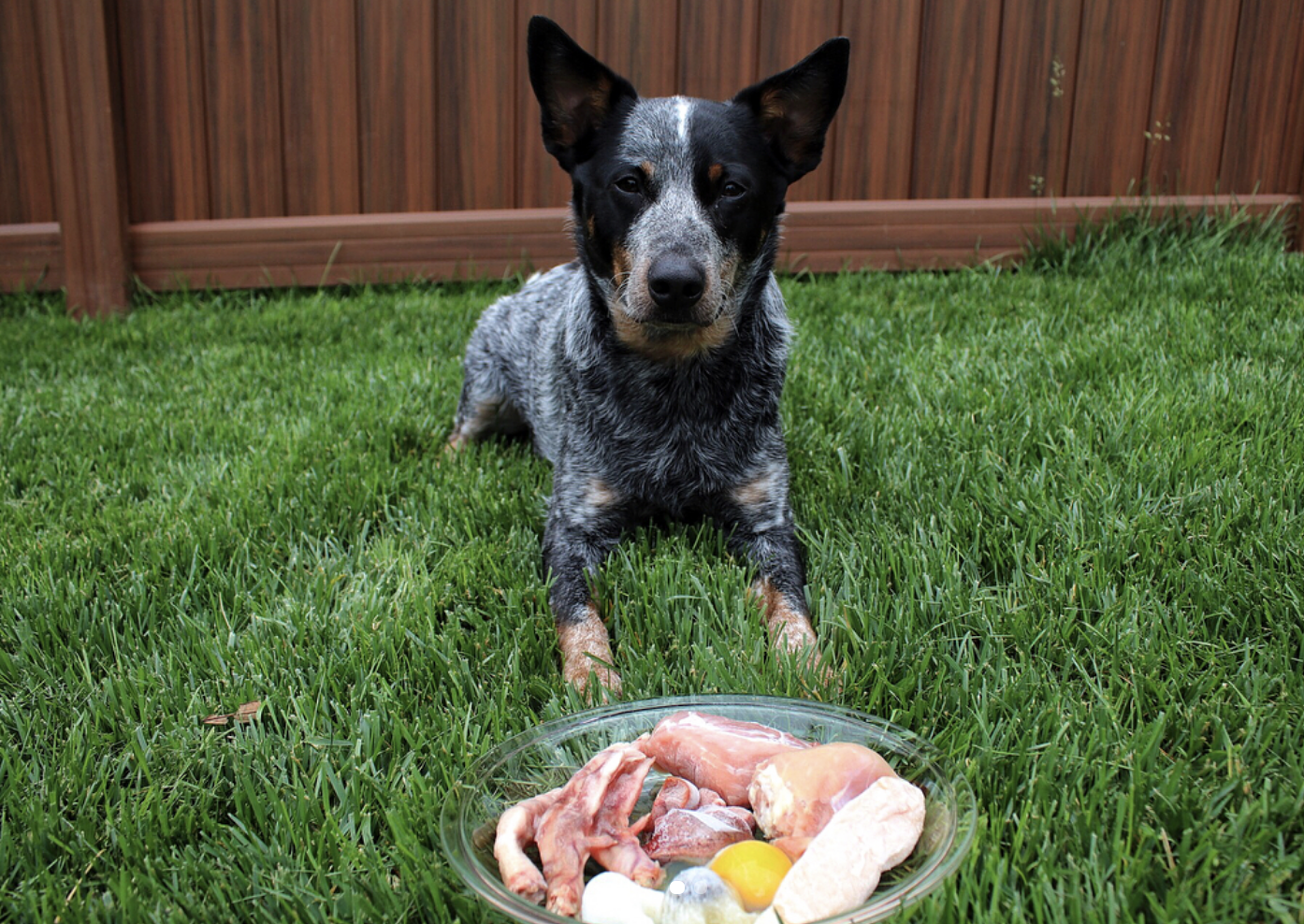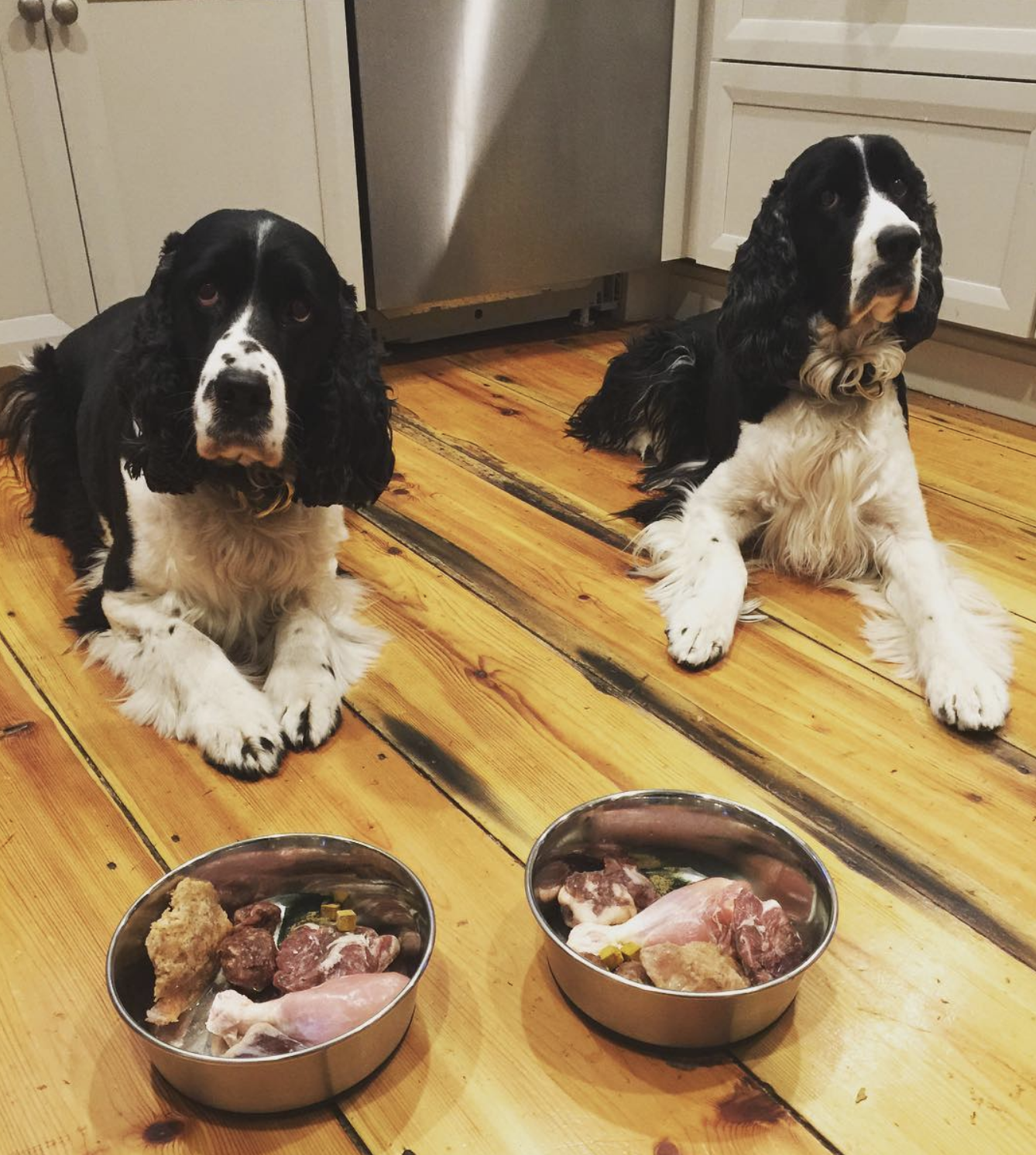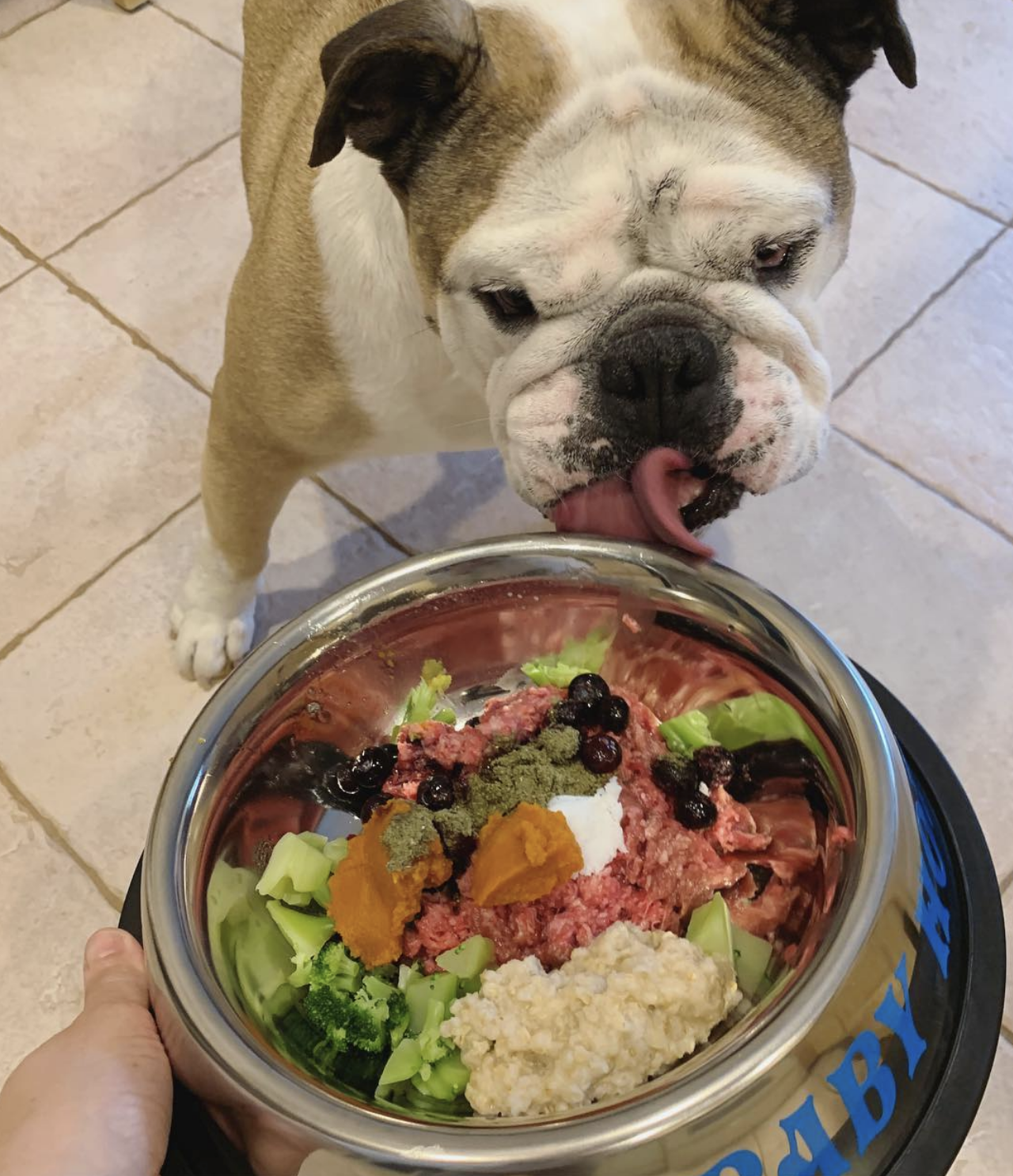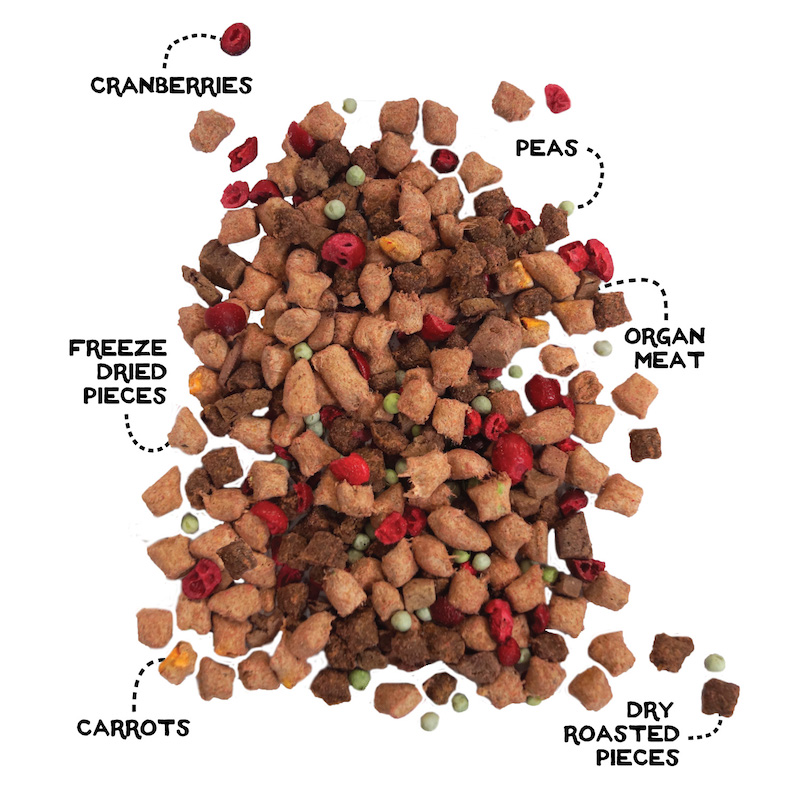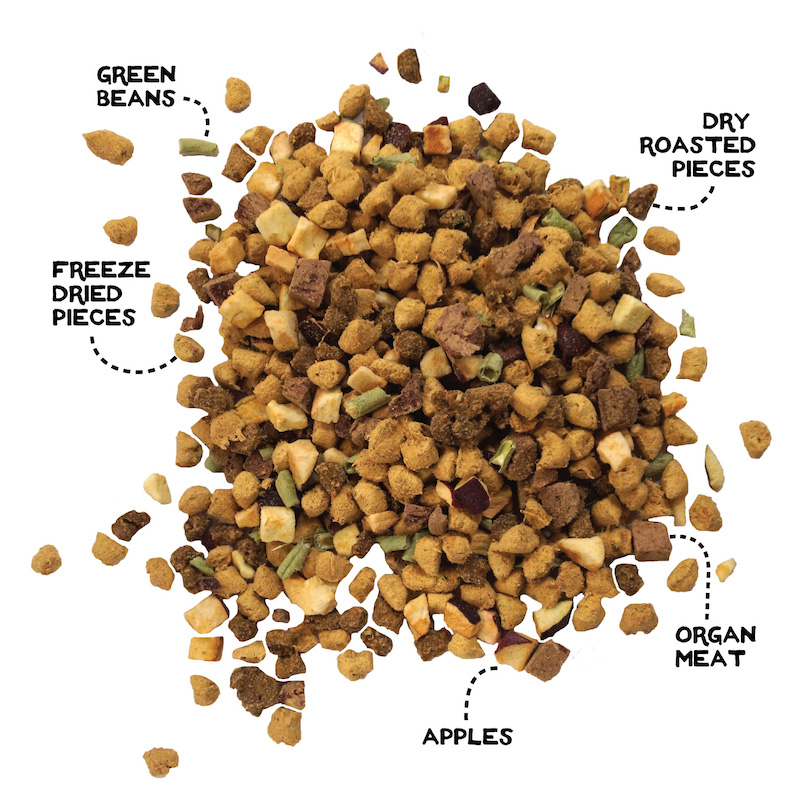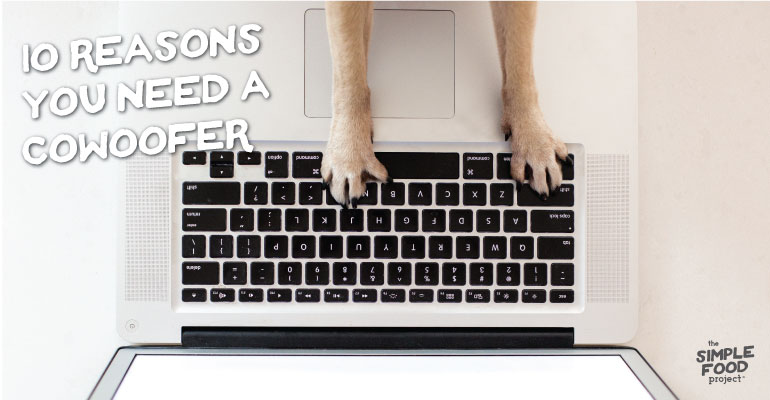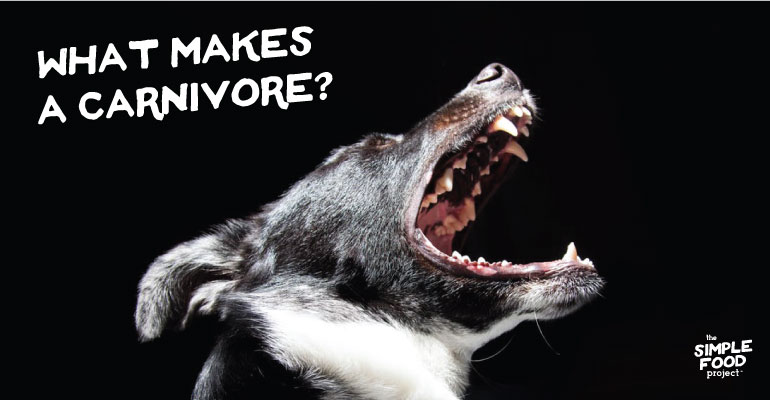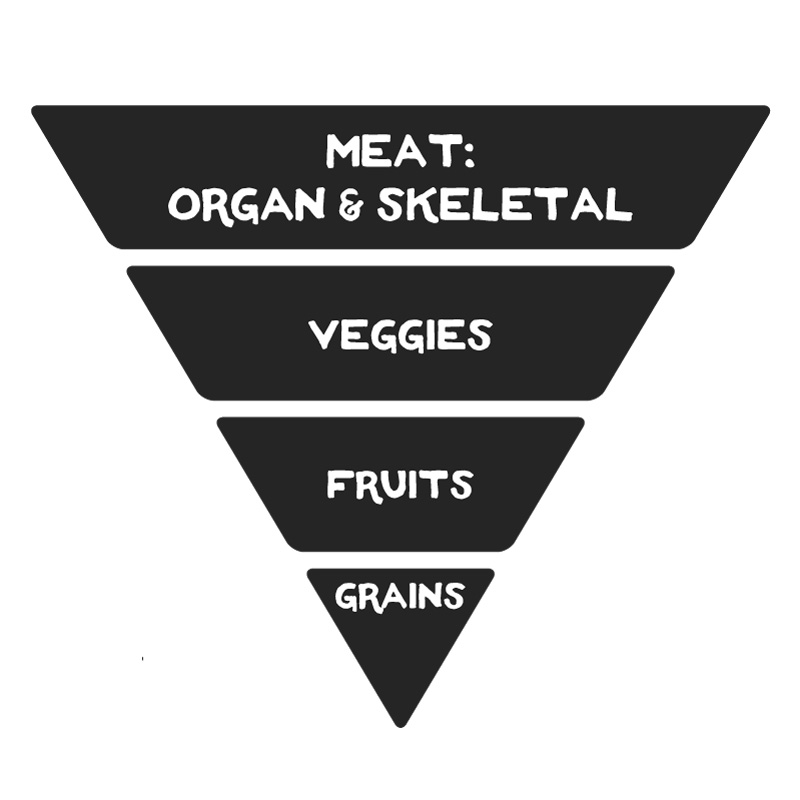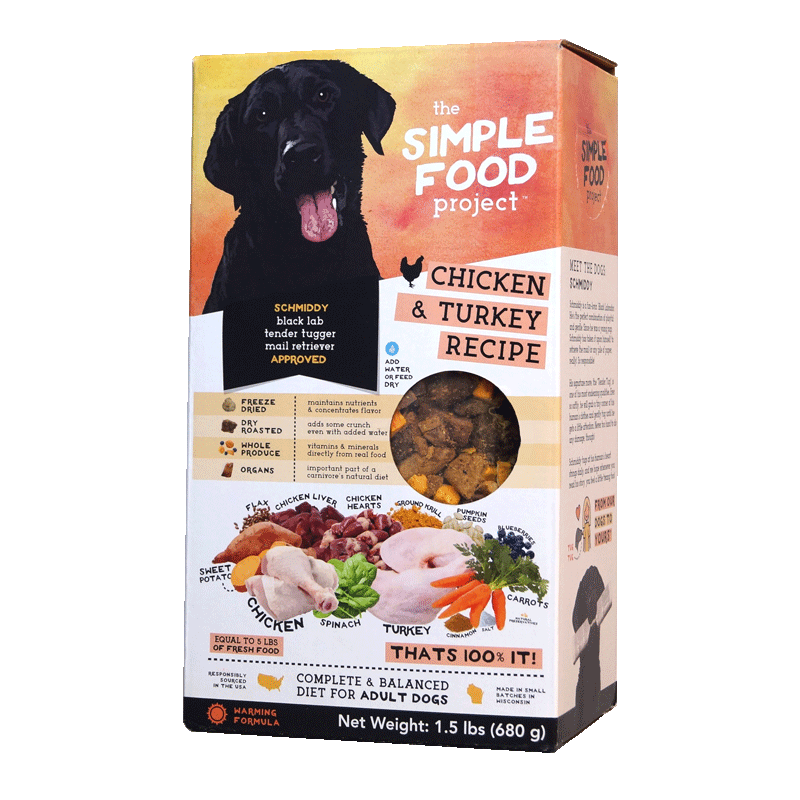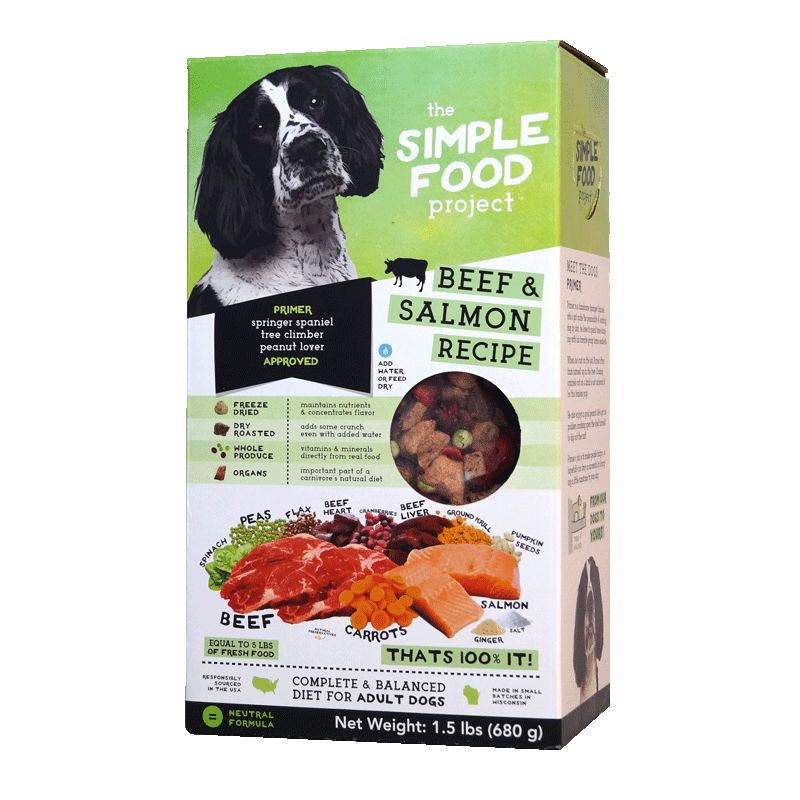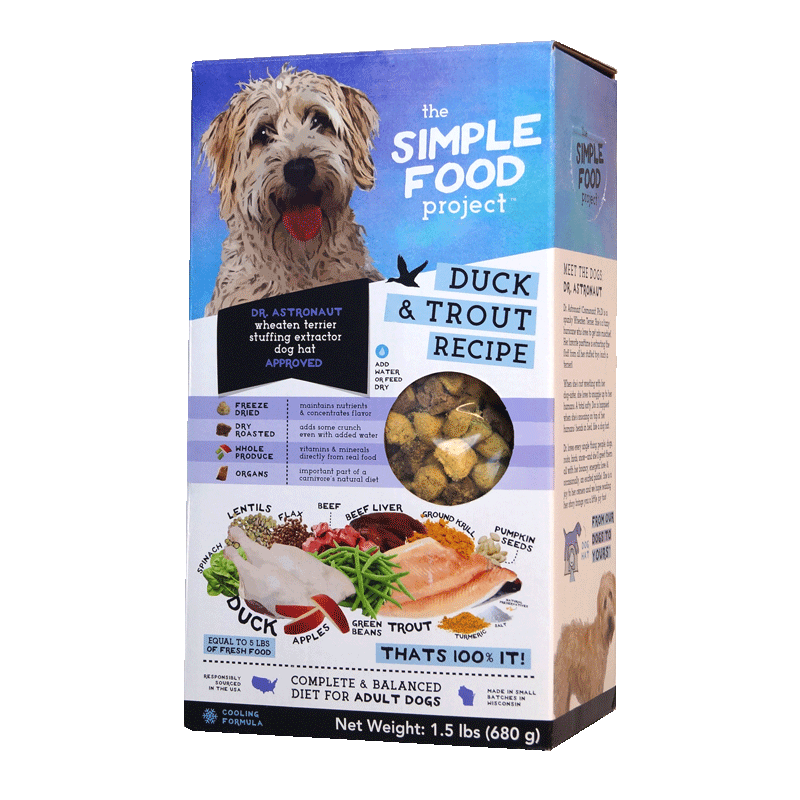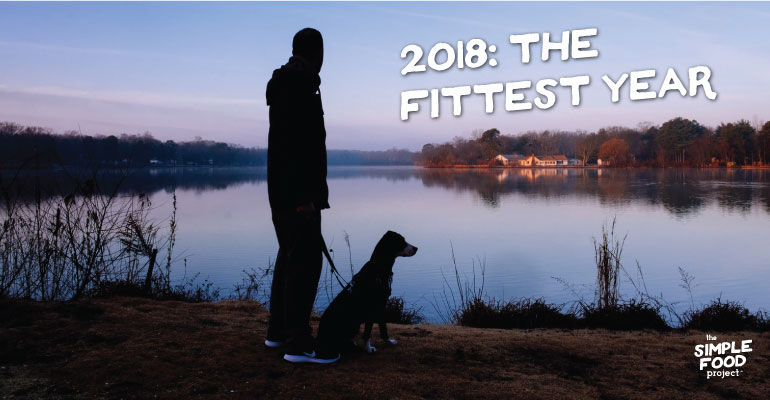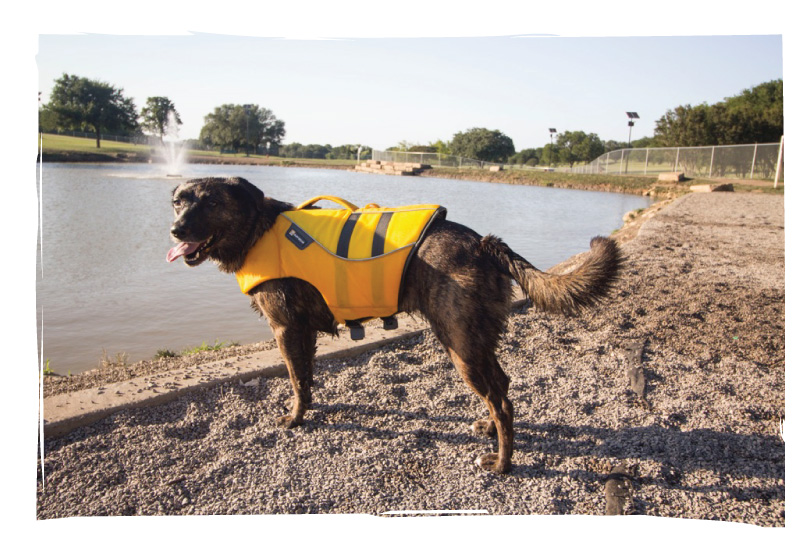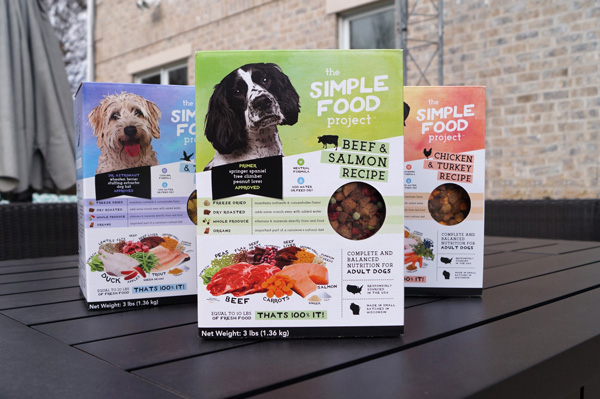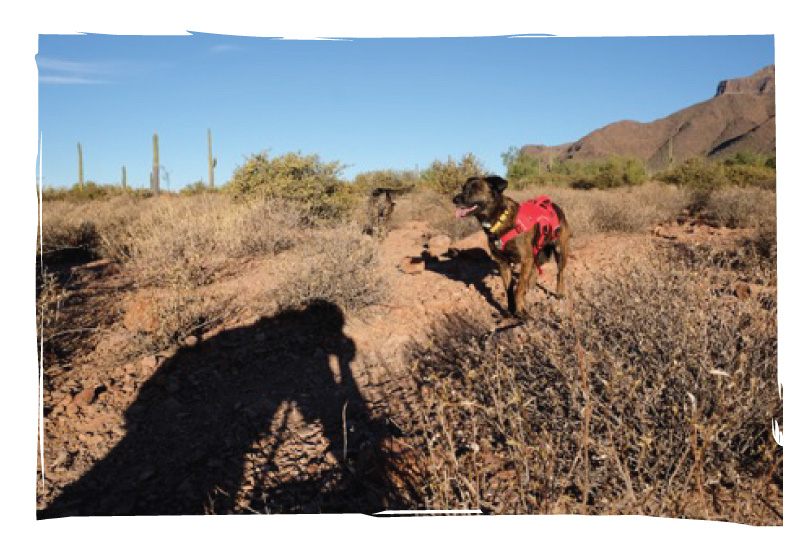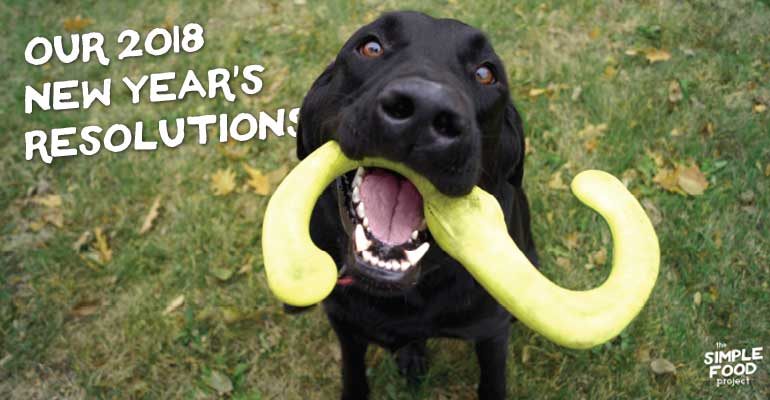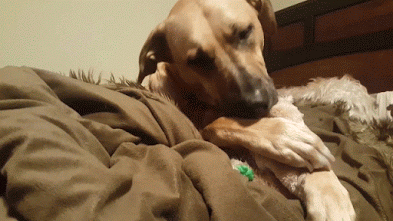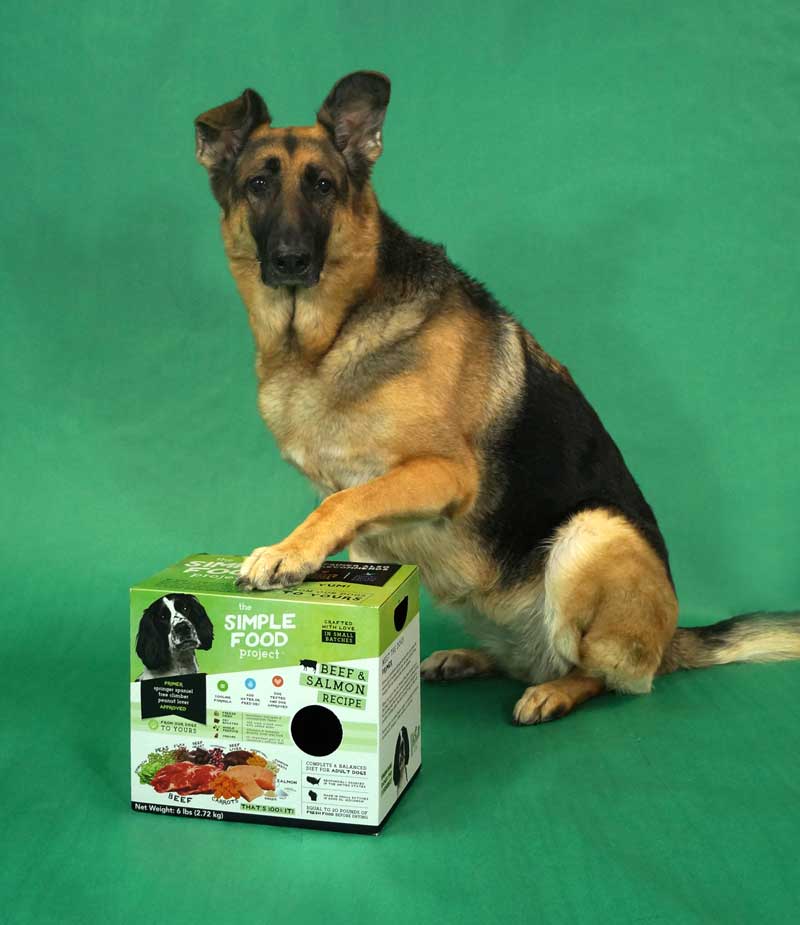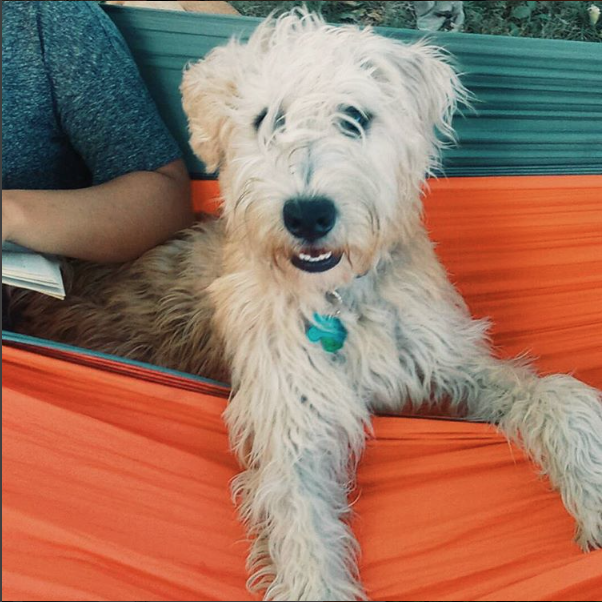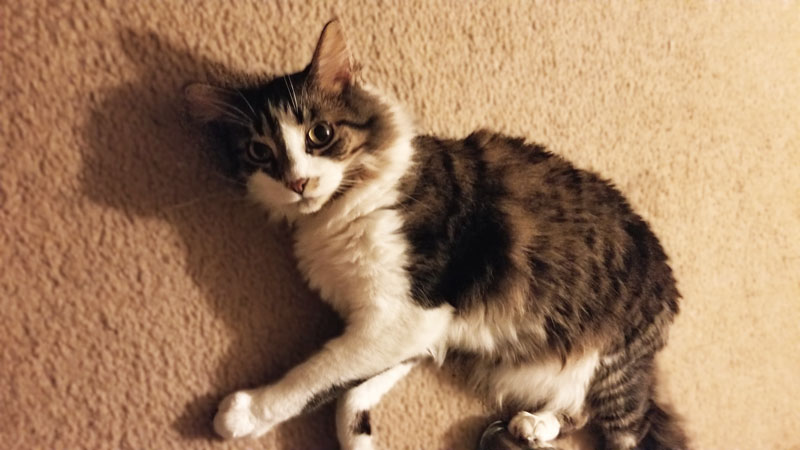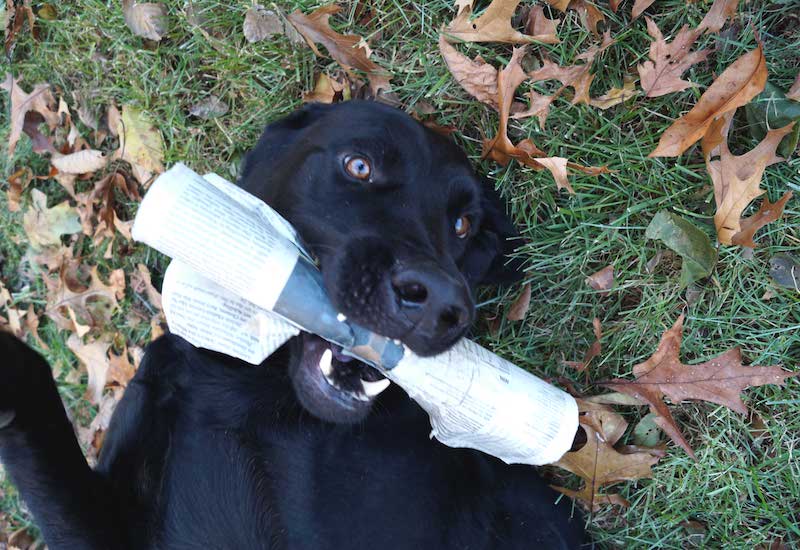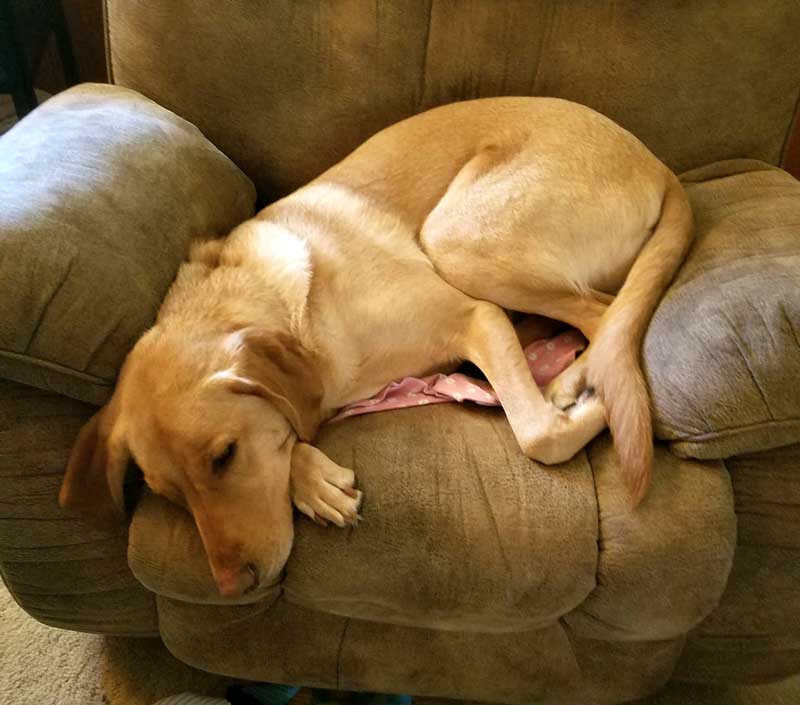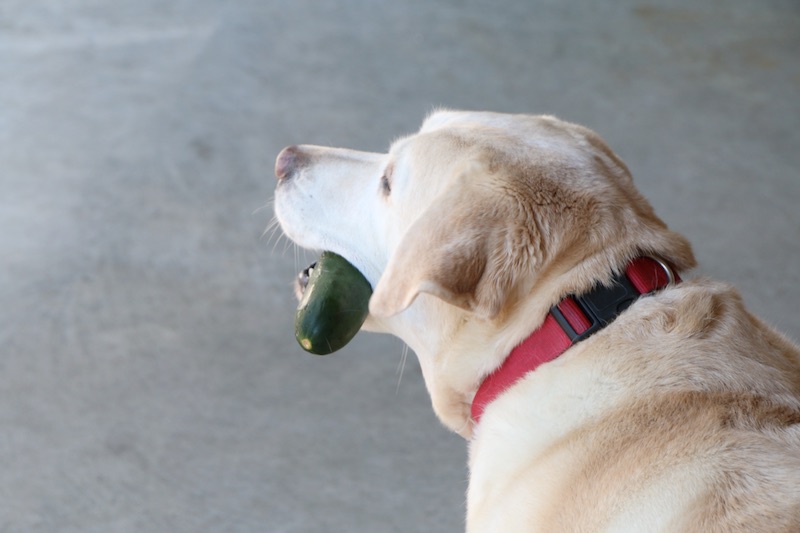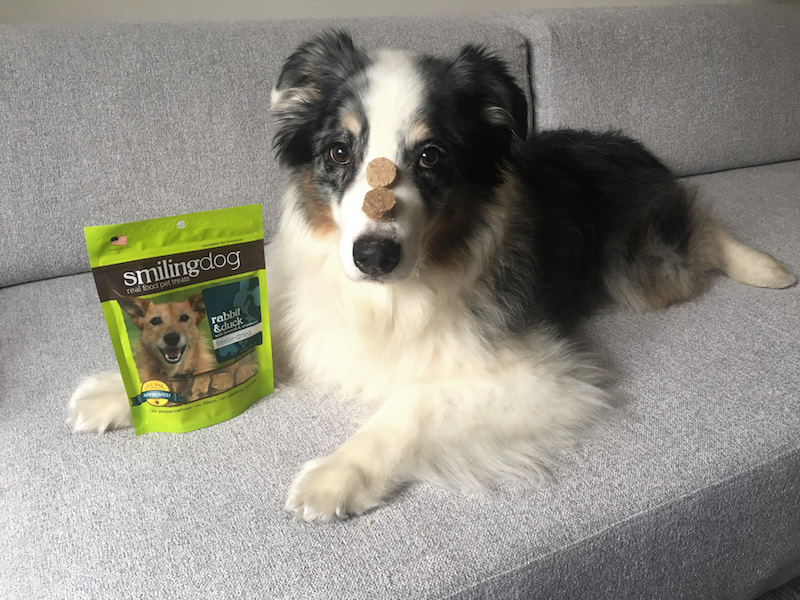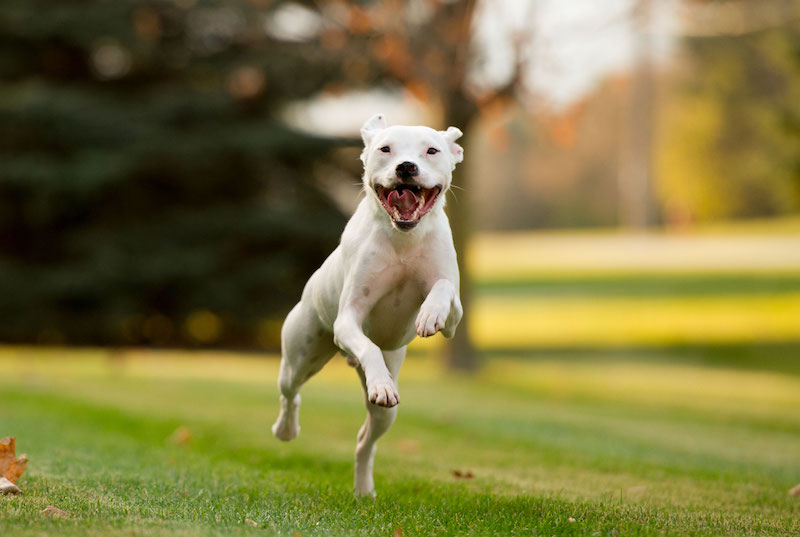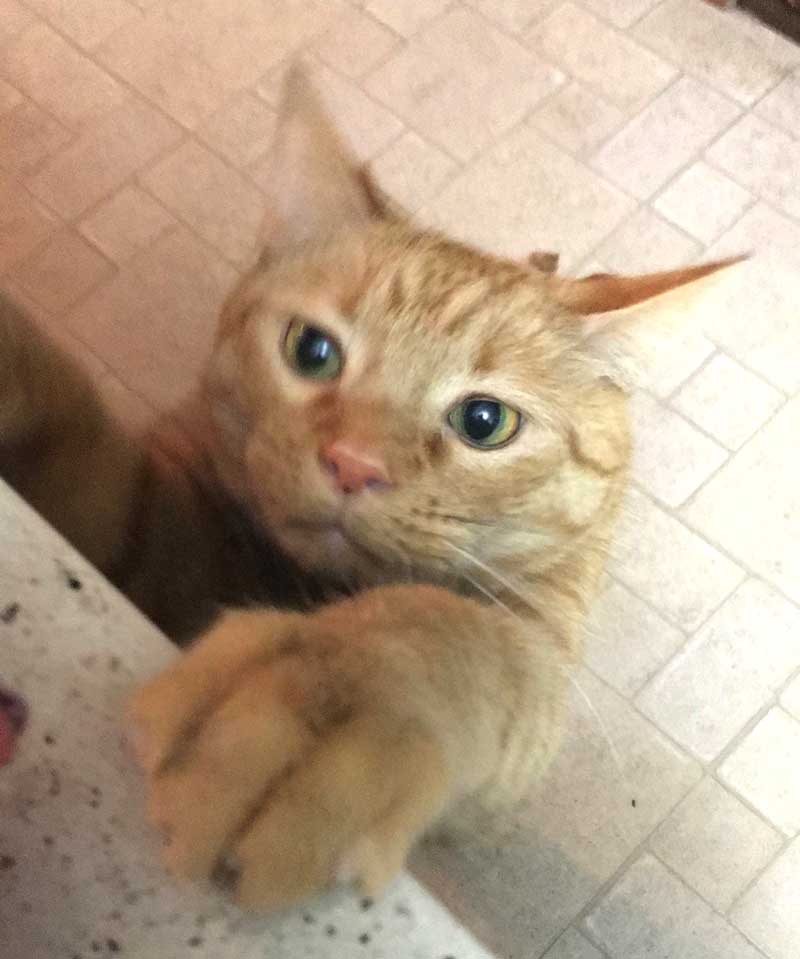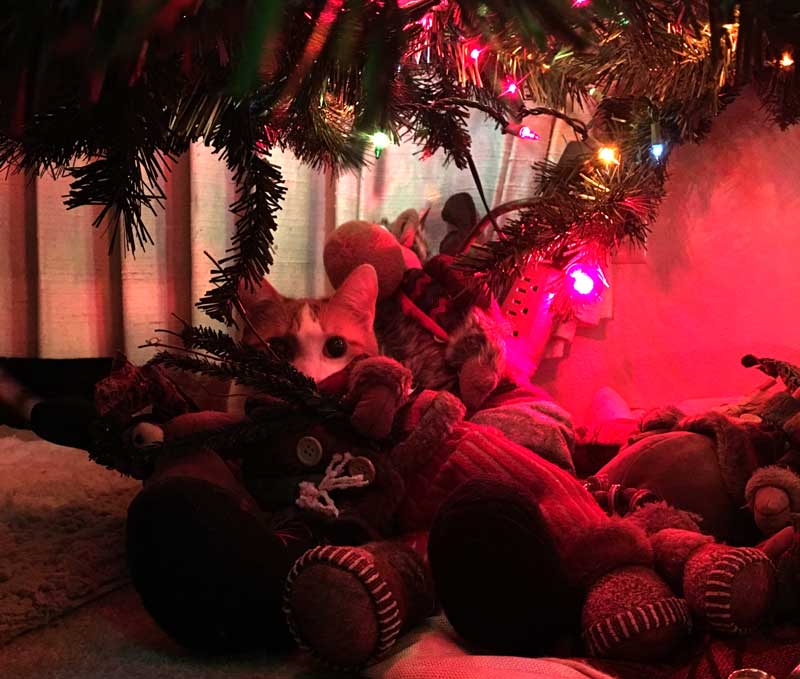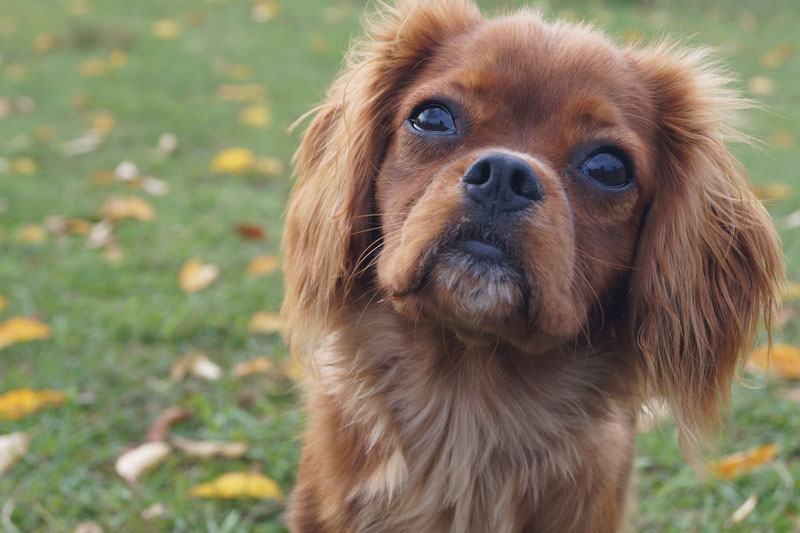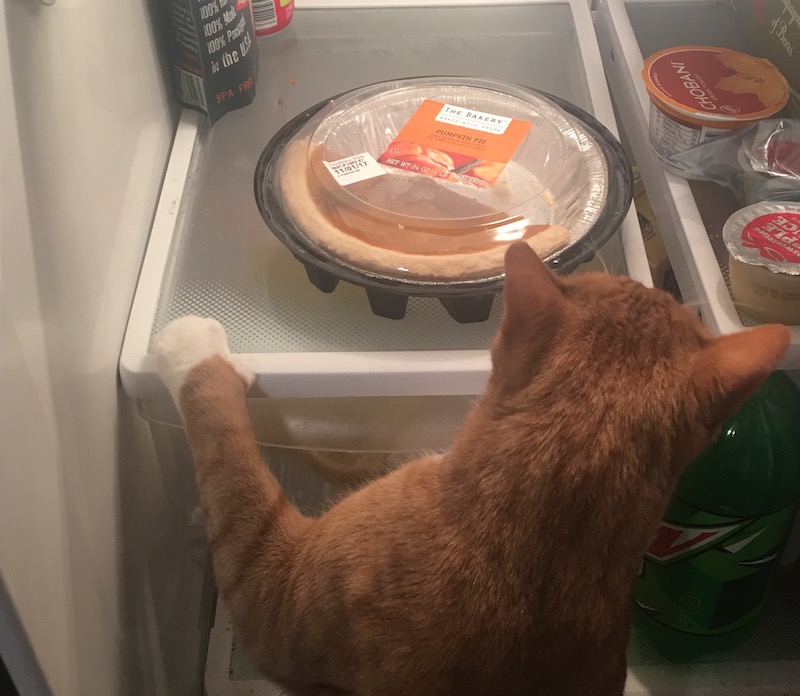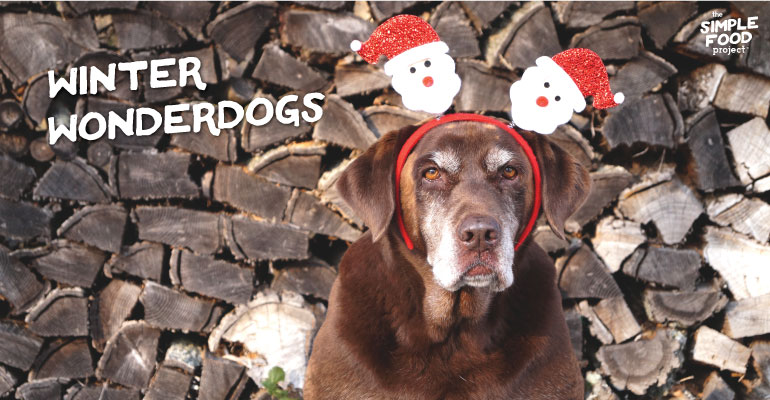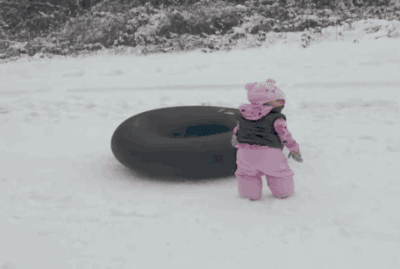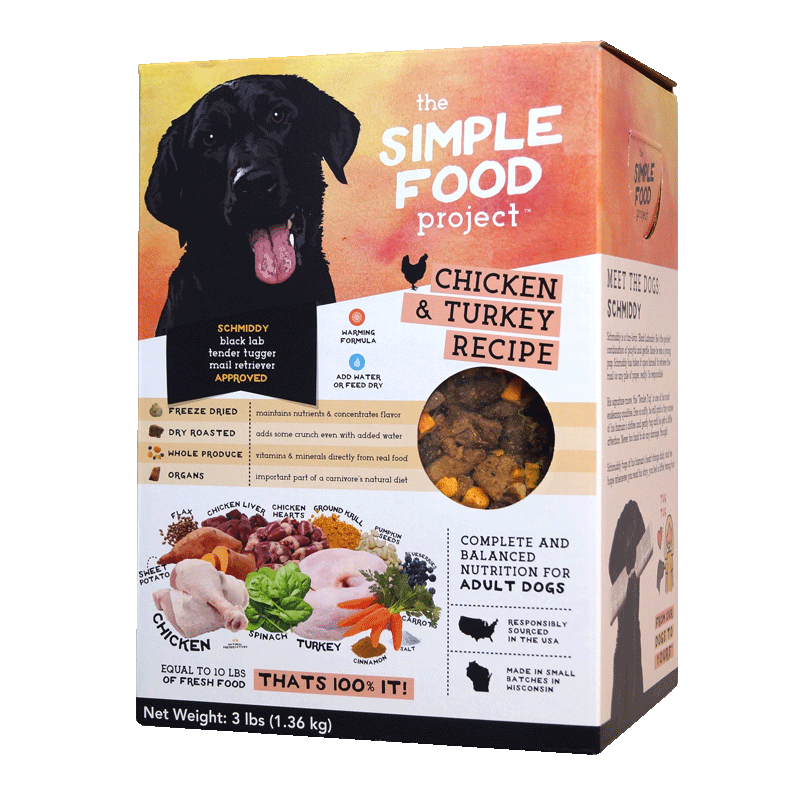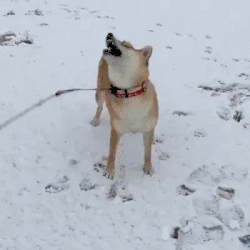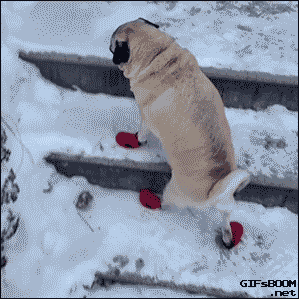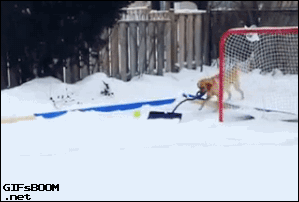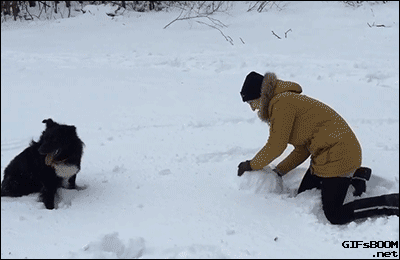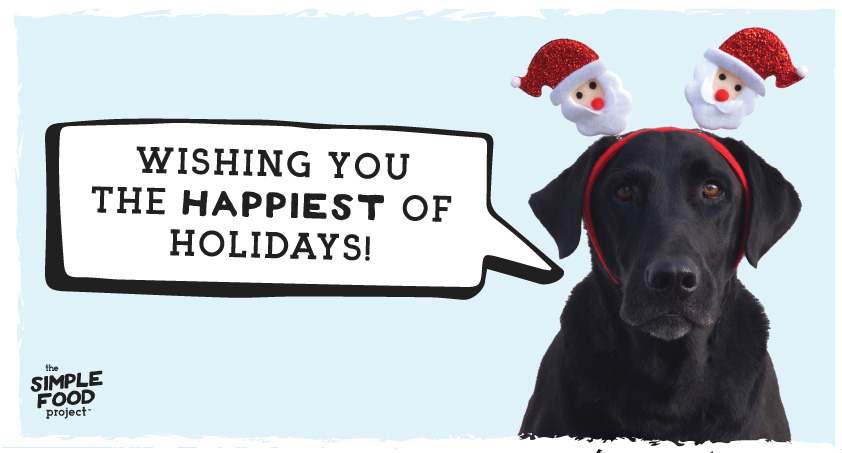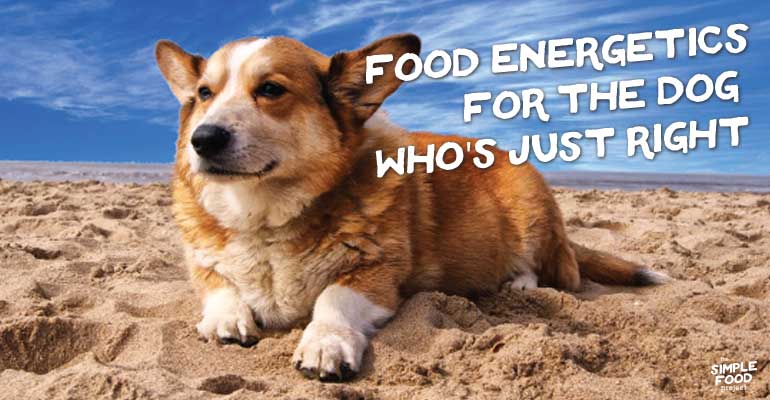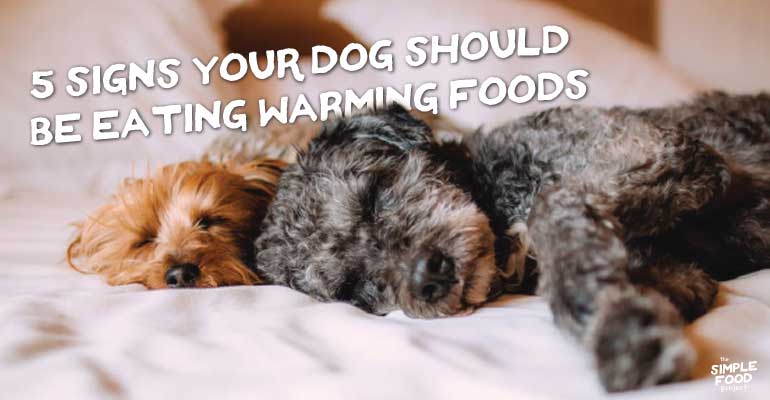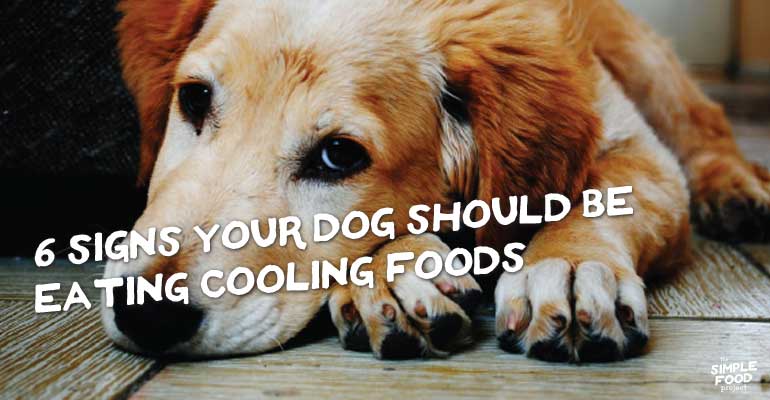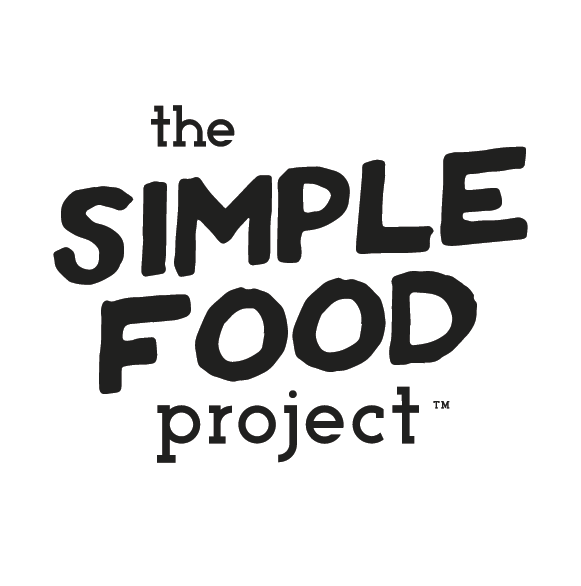Home > Blog > Everything Dog > What Makes A Carnivore?
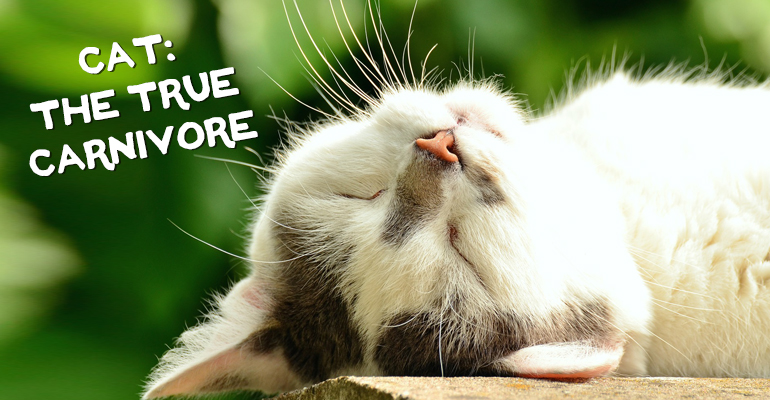
Samuel L Catson may not look like it, especially because he’s stretched out, tummy to the heavens sunning himself, but he’s actually one complex creature. And it’s not just that cats seem to be conducting a long-term study on gravity or that they’re able to liquify and fit into any size or shape of container. No, it’s the dietary and physiological complexities that make the cat arguably the most flawlessly designed animal amongst predators.
First, it’s important to understand that cats are obligate or true carnivores, making them a little more unique than your ho hum meat-eating predator. Obligate means by necessity so an obligate carnivore implies that their diet must consist of meat and organs for them to live.
A Cat's Wonderfully Unique Dietary Requirements
A cat’s inability to convert plants into nutrients likely stems from their ancestral diet which consisted largely of birds and mice.
The cat’s prey offered pre-formed, active vitamins and fatty acids (i.e. vitamins the body can use just as is) and because their prey offered essentially ready-made nutrients, the cat’s physiology simply evolved as its needs changed. (See? Already ahead of humans and our useless appendixes.)
Cats, among other obligate carnivores, lost the ability to make certain amino acids and vitamins in their own bodies the way that omnivores and herbivores do, requiring they get certain vitamins and fatty acids from their diet instead. So, cats have a higher requirement for protein as well certain dietary sources of amino acids.
Cats are also less sensitive to the sensation of dehydration than other species and have a very weak thirst drive. This explains why you don’t ever seem to see your cat drinking out of that (rather pricy) water fountain.
The wild cat’s normal eating behavior may also play a role in water intake. Cats tend to be solitary hunters, hunting throughout the day usually catching and devouring from 6 to 10 small rodents or birds per day. A cat would get incremental amounts of moisture from their prey then, several times throughout the day, to nourish their body.
Little has changed for the domesticated kitty as far as dietary requirements are concerned. (A lot as far as the number of primo sleeping spaces Empress Puss n’ Cute gets to call her own.)
That’s why there are certain dietary requirements in pet food, specifically for cats, including amino acids like arginine and taurine. (Not so fun fact: Taurine wasn’t even a requirement in pet food till the 80s after a surge in feline DCM cases made it clear that it was necessary in a cat’s diet.)
A Cat's Physiology Only Further Supports These Dietary Needs
From head to tail, the cat’s anatomy reflects what its diet should consist of and it’s evident as soon as kitties open their mouths. It’s the first rather sharp pointer (not sorry) that they’re a carnivorous species specifically designed to eat prey.
Teeth & Mouth Structure
If you’ve ever had the pleasure of tussling with a kitten you’ve also no doubt had a firsthand experience, a painful one at that, of being bit by their adorable, razor-sharp canines.
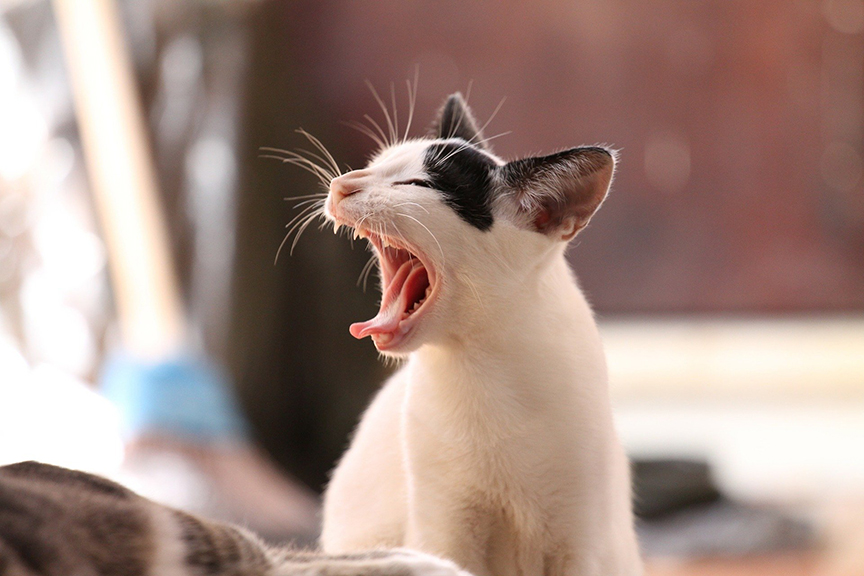
Those long, pointed cuspids serve a purpose. Carnivores like cats, tigers, and wolves have sharp teeth with large canines and pointed molars meant for ripping and tearing meat from the bone.
Each species, in fact, has a tooth and mouth structure that accommodates their own dietary requirements.
Herbivores like goats, cows, and camels eat plant material so they have flat molars that are able to chew and grind their food, which actually assists in the overall digestion of their plant-based diet. Omnivores have flat molars and less pronounced canines to tear, chew, and grind plants and meats.
Another Jaw-Dropping Difference in Anatomy *knee slap*
The jaws of cats (and dogs!) only move up and down because their teeth are designed for ripping, tearing, and crushing. That’s quite different from the function of an omnivores and herbivores. As omnivores we’re able to move up and down and side-to-side allowing us to grind up fruits and vegetables with our back teeth.
Salivary Amylase (or Lack There Of...)*
*Please be advised that a bit of science is around the corner. Now, it’s happening right now.
While omnivores and herbivores have plenty of salivary amylase, the carnivore has none.
Amylase is one of three key types of digestive enzymes that help break down macronutrients.
1. Amylase breaks down carbohydrates
2. Lipase breaks down fat
3. Protease digests protein
Without these enzymes, animals miss out on key nutrients because they can’t effectively use what they eat.
Cats don’t spend much time chewing and they certainly aren’t (supposed to be) eating many carbohydrates so there’s no need for amylase in the mouth.
So, before we even leave the mouth, there’s several indications that cats are designed to consume prey and as we venture down into the depths of their anatomy, we’re offered even more proof that they’re designed to eat prey.
Gastrointestinal Structure
Carnivores also have a simple, shorter gastrointestinal tract meant to move food through quickly so that raw meat works its way through their system in hours rather than days. Relative to their body size, the cat has the shortest g.i. tract of almost any other mammal, in fact. (Cat fact of the day.) Because again, with raw, highly digestible prey, there’s no need for a long gut or processing time.
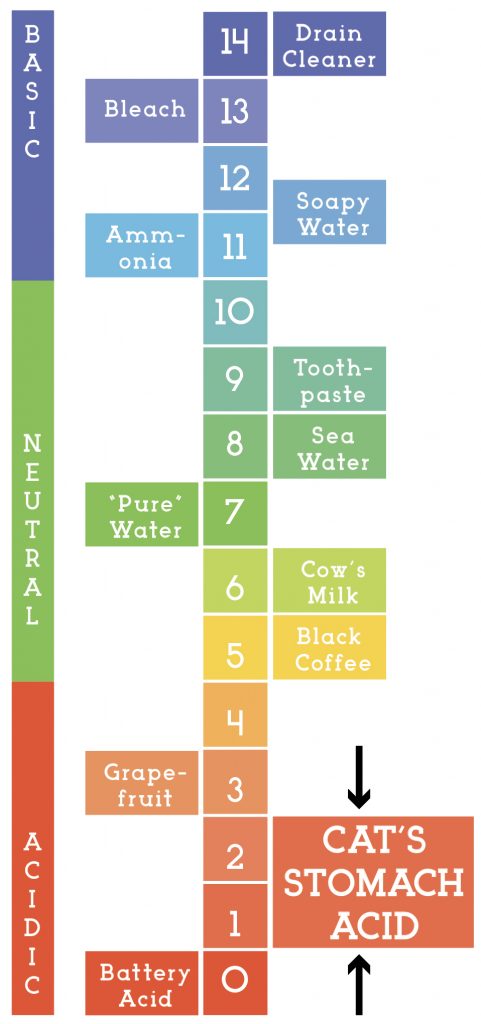
Once meat reaches the stomach, its greeted with a highly acidic environment which is actually triggered by meat proteins (not the case for carbohydrates i.e. what kibble is largely made up of). With a pH range of 1-2, carnivores are able to handle the number of bacteria found in fresh prey because nothing much can survive that acidic environment, except digestive enzymes which actually work better in that environment.
The low pH (highly acidic stomach) is meant to keep carnivores safe from potentially contaminated raw meat– its job is to sterilize ingested bacteria.
Carnivores also have a simple, shorter gastrointestinal tract meant to move food through quickly so that raw meat works its way through their system in hours rather than days. Relative to their body size, the cat has the shortest g.i. tract of almost any other mammal, in fact. (Cat fact of the day.) Because again, with raw, highly digestible prey, there’s no need for a long gut or processing time.
Once meat reaches the stomach, its greeted with a highly acidic environment which is actually triggered by meat proteins (not the case for carbohydrates i.e. what kibble is largely made up of). With a pH range of 1-2, carnivores are able to handle the number of bacteria found in fresh prey because nothing much can survive that acidic environment, except digestive enzymes which actually work better in that environment.
The low pH (highly acidic stomach) is meant to keep carnivores safe from potentially contaminated raw meat– its job is to sterilize ingested bacteria.
Are Cats Carnivores?
A Resounding YES
From the cat’s unique dietary requirements to its anatomy and physiology it’s abundantly clear that as a species, cats are designed to consume prey. (Yes, that includes that senior kitty, Mr. Frankie Floof of Floofville and the kitten, Meredith Grey [Feet].)
Knowing that, we can make better decisions about what our true carnivores should be eating. (Not so subtle hint; it isn’t kibble.)
Stay in the Know and
Learn How to Feed the Indoor Carnivore
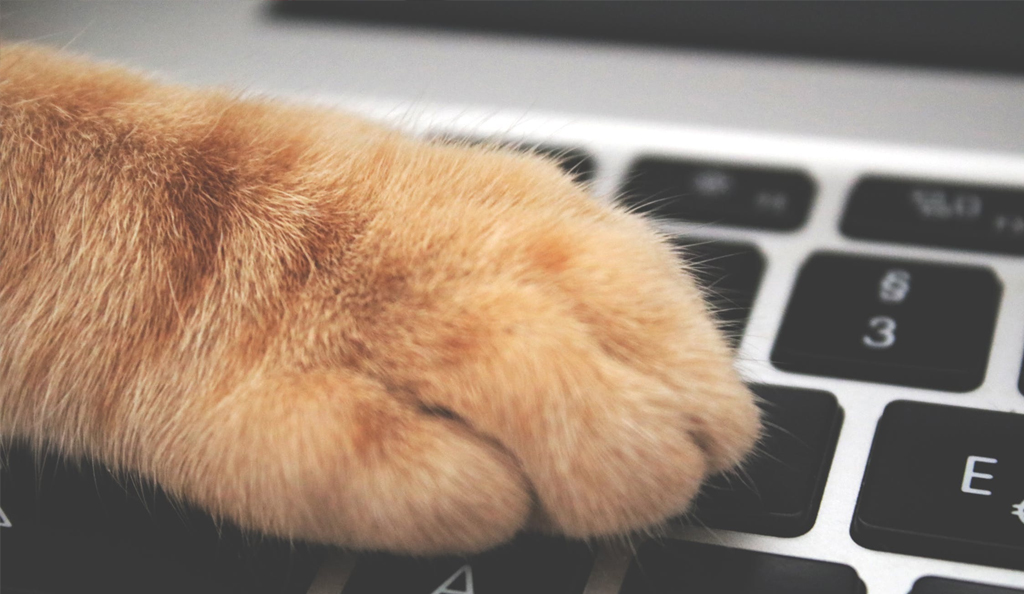
Spread knowledge:

About the Author
Kayla is the Content Writer for The Simple Food Project. She has a cat named Professor Cat-Faced Meowmers, who goes by Kitty, and a goof of a dog, named Duck. She stays busy biking trails, losing at board games, and searching for the next best craft beer.
800-451-5267
info@simplefoodproject.com
1823 Executive Drive
Oconomowoc, WI 53066
The Simple Food Project
1823 Executive Drive
Oconomowoc, WI 53066
800-451-5267
